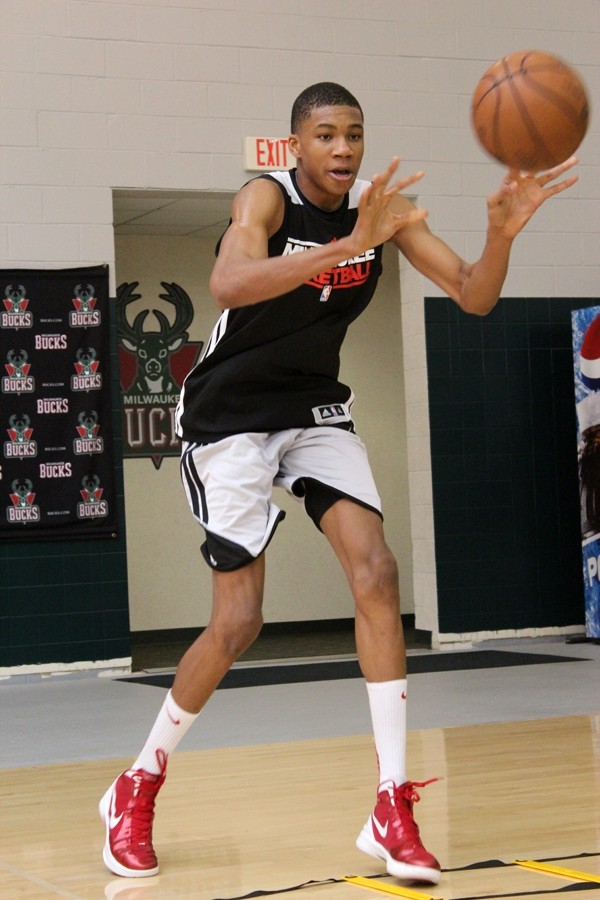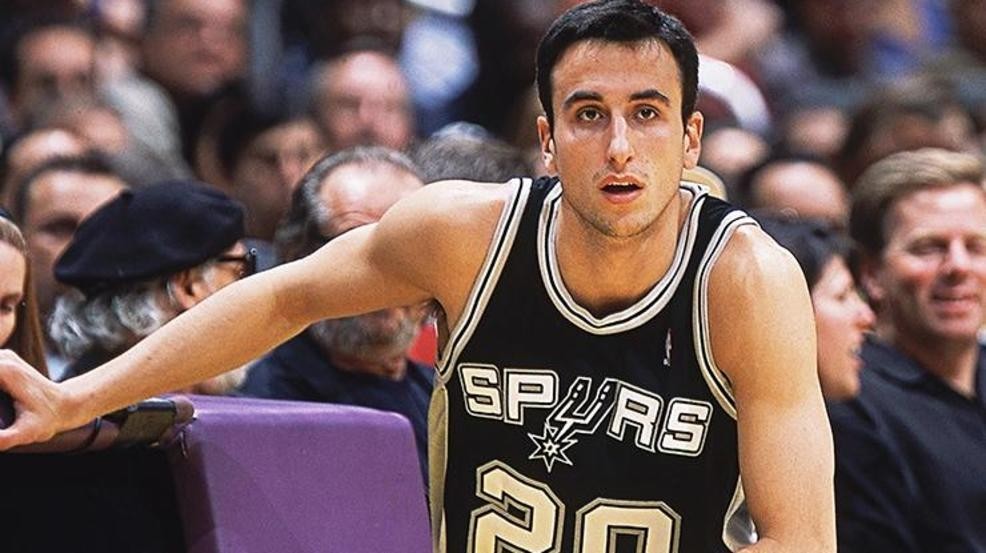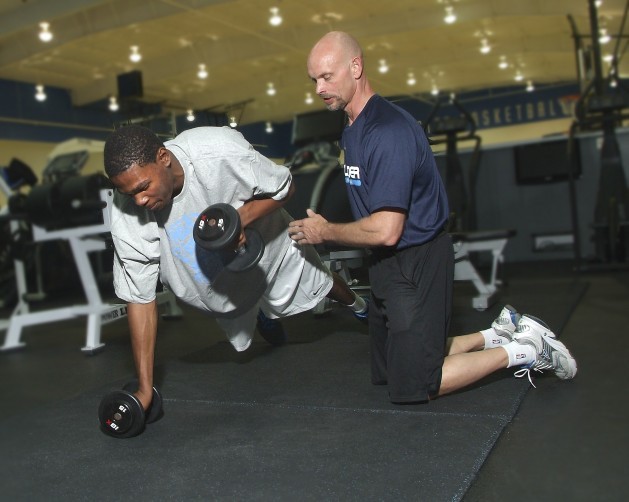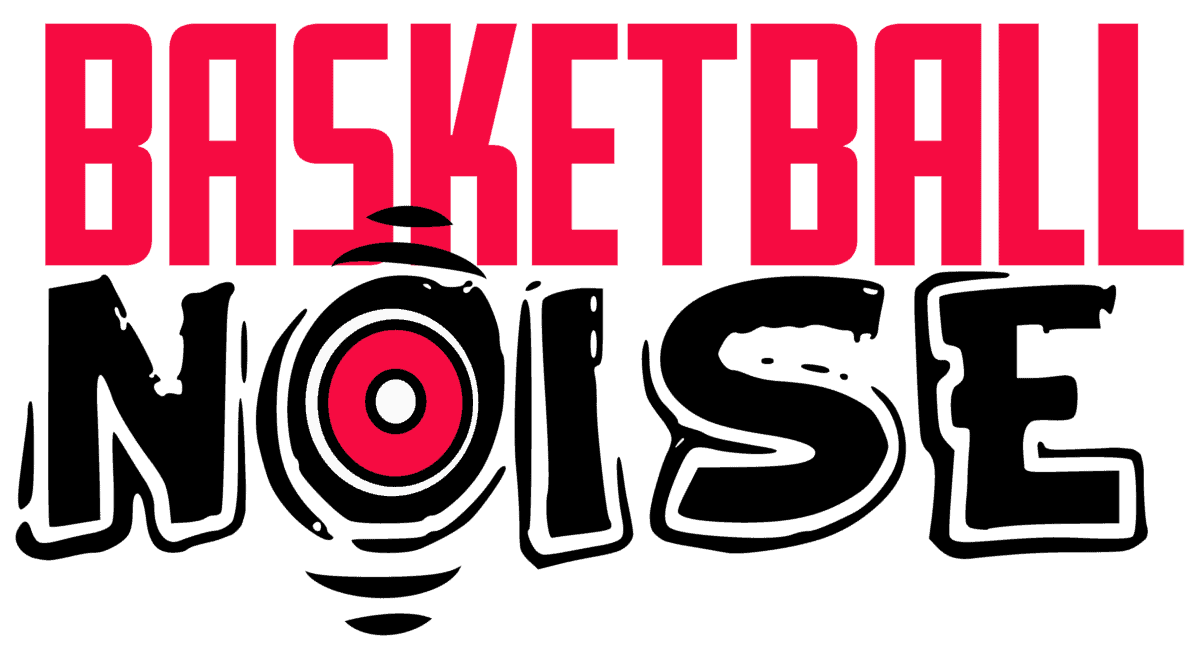The NBA draft is the best way for a team to rebuild and get the best available talent. They are looking for the best players, but college success does not always translate. This is part of the reason why the draft combine exists to help find out the physical attributes of players.
What is the Purpose of the NBA draft combine? NBA teams use the draft combine to take players’ physical and athletic measurements, conduct medical tests, perform interviews as well as five on five drills to assess game aptitude and personality. It helps the teams get a more accurate representation of the overall quality of a player as they are now and project for the future.

The whole point of draft scouting is to figure out exactly how college basketball production will translate to the NBA. We have seen plenty of cases of players drafted highly, struggling to adapt to the NBA, while there have been second round picks and undrafted players who have gone on to become superstars.
Picking out talent is a crucial element of what a scouting department does. If you can get serious value out of your draft picks, it can turn around a franchise. If you look at the Paul Pierce and Kevin Garnett trade in 2013, the Celtics rebuilt their franchise because they nailed their first round draft picks.
The Spurs dynasty would not have been the same without Manu Ginobili who was not selected until pick 57 of the 1999 draft. If you can pick out talent, it can change a franchise. Watching tape is a huge part of that, with scouts watching hours and hours of footage before drafting a player.

But watching film is certainly not the only way that scouting departments determine the quality of a player. They will also use the draft combine. The combine gives teams a closer look at players before they draft them. The first purpose is to help to determine players’ exact measurements.
Their height, weight and wingspan is taken as well as other physical measurements like body fat, standing reach and hand length. Teams want to get the exact measurements of players before drafting them as they have different levels they are looking for. This is certainly not the only purpose of the draft combine.
It is also used to reduce the risk when drafting. Extensive medical tests happen to help to prevent a future problem coming up and hurting the team that drafted the player. These tests can have a big impact on players, with projected lottery pick Jared Sullinger falling to the 21st pick in the 2012 draft after back issues were flagged on pre-draft medical tests.
Physical attributes will also be recorded through a variety of athletic tests. Things like bench press, vertical leap and shuttle drills occur and help to identify what a players physical speed and strength is like. Some teams find this information useful, but often physical attributes are not too important to the quality of a player.
Kevin Durant is the best example of that. Before being drafted, he stepped up to do the bench press at the combine. But famously, Durant failed to do any reps at 84kg. He was still drafted second overall and has become one of the best scorers in the NBA. Players like Jamal Crawford, Monta Ellis and T.J. Ford also failed to do a single rep and still had good NBA careers.

So the physical attributes part of the combine may not be as purposeful as others. One thing that has become very important for the teams is the interview process. NBA teams conduct interviews of players they are interested in drafting. A player’s attitude is important to NBA teams and the draft combine allows teams to find out exactly who they may be drafting. There is some restriction on these interviews, with teams only allowed to do a maximum of 20 official interviews during the combine.
One of the things that teams are worried about when drafting a player is whether their statistics will apply to the NBA. This is where the drills come into it. Shooting tests help to identify exactly how good a player is from various distances and particularly how they will adapt to NBA conditions.
Most of the drills are often up to the discretion of the teams involved. It speaks to the larger purpose of the draft combine. Throughout the entire scouring process, teams will have questions about certain players. The combine should help to answer these questions and in theory, it is supposed to make drafting a lot more accurate in identifying talent.
There is also some purpose for players to attend the draft combine, despite some players every year declining the invitation. The draft combine is a great opportunity for players projected to go in the second round or undrafted to improve their stock in various ways.
There is a significant theory about generating buzz during the combine. If a player can excel in a certain test or interview, this could improve their draft stock and potentially be selected higher than initially thought. This higher draft position brings a better contract, so players will want to perform as well as possible at the draft combine.
Buzz can also come from rumours. It is difficult for teams not to make their intentions clear when interviews and specific workouts with players are often leaked to the press. This creates a huge mental effect on the drafting process. Take the example of Dion Waiters in the 2012 NBA draft combine.
At the combine, there were rumours circulating that the Phoenix Suns had made a promise to take him at number 13 during an interview with the former Syracuse man. He was projected to be a lottery pick so this was hardly surprising. But these rumours pushed top 10 teams to send in workout requests for Waiters despite him not being projected to go in the top 10.
It meant that on draft day, the Cleveland Cavaliers took Waiters with the fourth overall pick, to the surprise of almost everyone. It shows just how important the draft combine is for teams and players.
